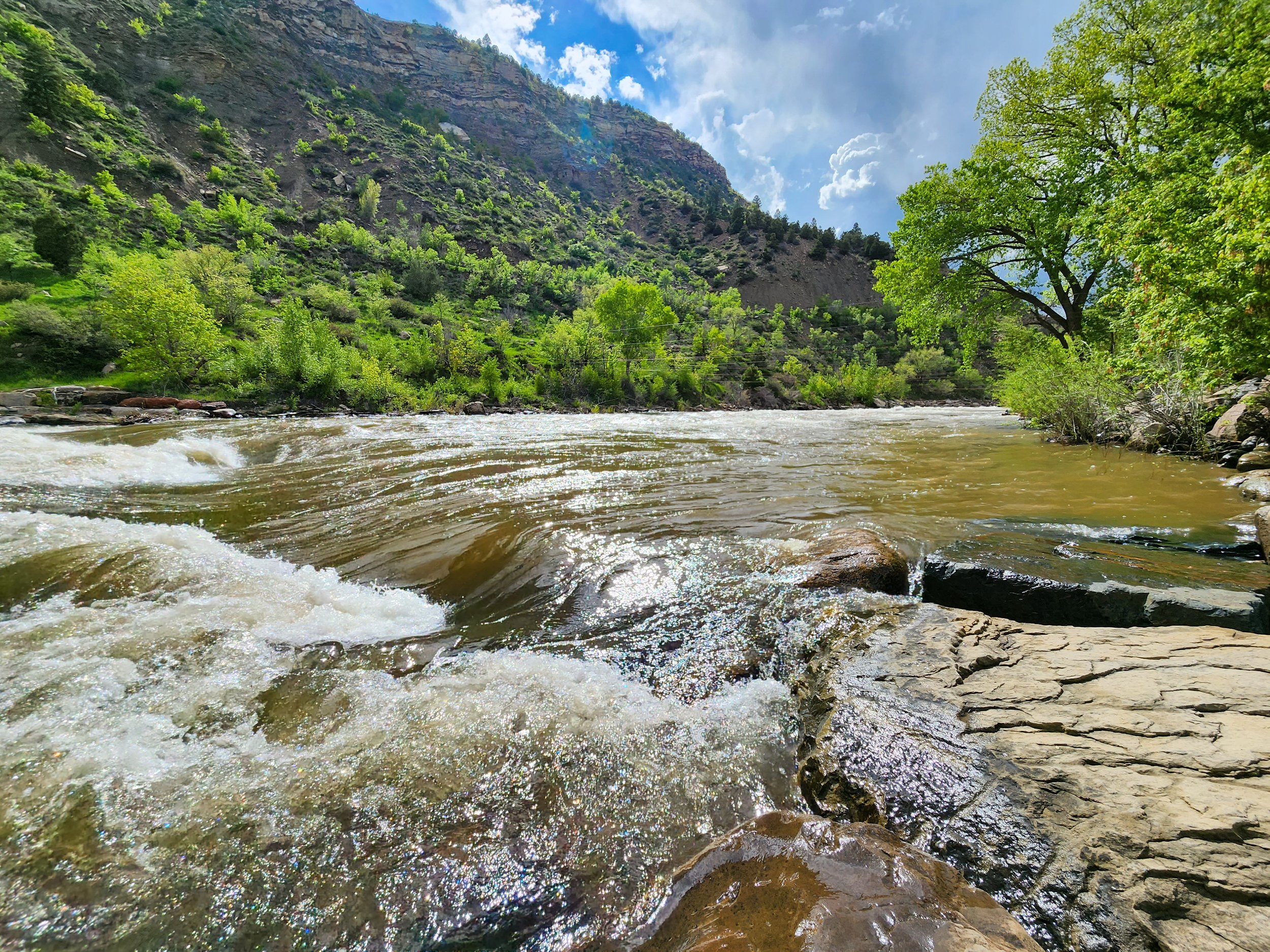Aspect’s Dan Haller was recently quoted in a Washington Post story about Othello, central Washington’s self-proclaimed french-fry “boomtown.” As climate change has impacted the potato business in other parts of the country, Othello has become an industry leader, but the key to sustaining this success going forward will be water.
Groundwater supply concerns have been in the news this summer (notably in this comprehensive New York Times article). Only a few years ago, Othello’s water future seemed in doubt, as the city faced decreasing yields from its wells. Aspect was brought in to evaluate the City’s well yield and determine the causes of declining groundwater supplies. Working with the City, the Washington State Department of Ecology, Office of Columbia River, and the US Bureau of Reclamation (BOR), Aspect helped develop an Aquifer Storage and Recovery (ASR) program that would support long-term growth and provide stable water supplies. The ASR program, which was first tested in 2021, operates by diverting and treating canal water to drinking water standards, then introducing (recharging) that water to the declining aquifer using existing wells. This artificially recharged and stored water combats the declining groundwater issues and can be later recovered by the City for municipal supply.
This work has been vital to Othello’s success, but as Dan points out in the Post article, the well system that farmers rely on was only ever supposed to be a temporary solution. Othello’s use of BOR canal supplies is a step towards the original vision for primary water use in the region: transitioning away from groundwater and connecting to the Columbia Basin Project, a government-funded program that stores Snake and Columbia river supplies. As Othello’s wells begin to run dry, this water will be critical to the town’s survival. The good news is there’s plenty of supply to be had; according to the Post article, the Columbia has only been tapped for 3 percent of its available water flow. Building out this infrastructure will be essential for Othello’s continued reign at the top of the french-fry world.





